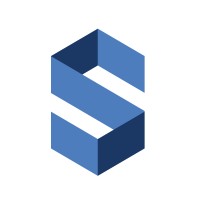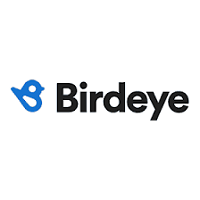Customer Service Software
Customer service software is an application that assists a company in providing support and advice to individuals who purchase or use their products.
The most fundamental function of customer service software is to offer a centralized mechanism, termed as a ticketing system, via which service agents may monitor, prioritize, handle, attend to, and answer customer questions or staff requests on a mass scale. Customer service software also covers any technology that assists in informing or facilitating the delivery of customer service. This comprises analytics dashboards, automation software, messaging apps, knowledge bases, and other tools.
You may use customer service software to run, coordinate, and reply to all customer support inquiries. It enables you to track all customer support requests using one-click reports to understand your response times better and be alerted of unanswered emails and essential emails from VIP clients. The cornerstone of a great customer experience is customer support software. However, determining which tools are best for your company, verifying suppliers, and putting the system in place are complex tasks.
Customer care software is frequently connected with a CRM to provide agents with access to contextual data from external sources, such as a customer’s purchase history.
Seeking some new customer service software may be a daunting task because it is a critical decision that you most probably have to live with for an extended period. However, whether you want to switch solutions or install one for the first time, researching the process can help you make the best option. This job may appear intimidating at first, but this guide will assist you in starting your search, evaluating your alternatives, and feeling secure in your ultimate selection!
Software related to customer service software that can be used together with customer service tools includes: Live Chat Software, Employee Monitoring Software, Conversational Marketing Software, Bot Platforms Software, Virtual Receptionist Software, Customer Engagement Software.












































